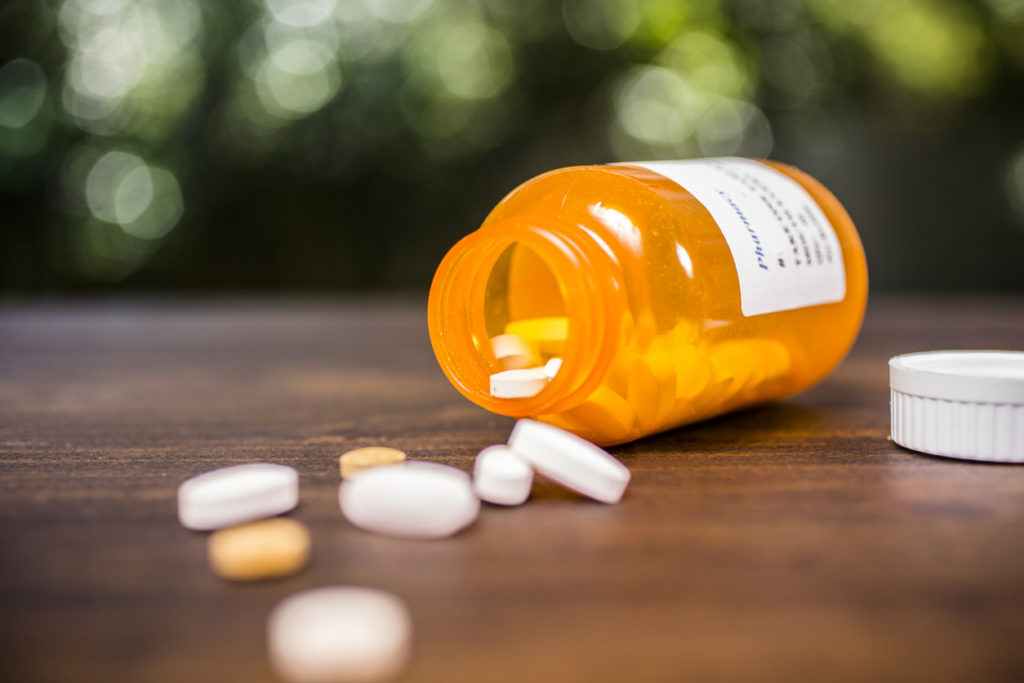Show content
Suboxone is a medication that combines buprenorphine and naloxone. It’s approved by the U.S. FDA to treat opioid use disorder (OUD). OUD is the misuse of opioids that causes significant distress and impairment. While Methadone is a popular option for the treatment of opioid misuse, Suboxone medication is considered a viable pharmaceutical alternative due to its low risk of misuse, overdose, and side effects.
If you’re wondering what Suboxone is, how it works, and if it’s a good option for your situation, keep reading.
What is Suboxone?
Suboxone is a medication made up of two compounds known as buprenorphine and naloxone in a 4:1 combination. The primary active ingredient is buprenorphine. It’s a partial agonist and long-acting opioid.
Naloxone is the second ingredient and serves to counteract the effects of opioids. It also prevents the risk of misuse. Combined the medications help to decrease opioid withdrawal syndrome that’s associated with opioid dependence.
How is Suboxone Taken?
Suboxone is prescribed in an outpatient setting, which means it comes with more freedom of administration. You can take it either as sublingual tablets placed under the tongue or films placed between your gums or cheek to dissolve. The film is more popular than the tablet because it dissolves faster.
Suboxone films will disintegrate after 4 to 8 minutes under the tongue. However, they should not be chewed or swallowed as this can reduce their effectiveness. After administration, Suboxone begins to take effect 30 to 60 minutes later. If the dosage is correct, then the effects can last 48 to 72 hours.
You’ll need to work with a healthcare provider to find the correct starting dose of suboxone. The recommended dose will likely depend on the following:
- Type of opioid used
- Timeframe of the last dose
- Level of dependence
What Are the Side Effects of Suboxone?
Suboxone can have both mild and severe side effects. While some of these may subside in days or weeks after beginning the medication, you should still monitor them and reach out to your doctor with any questions.
- Nausea and vomiting
- Headache
- Sweating
- Muscle aches
- Abdominal cramps
- Irregular heart rate
- Anxiety
- Insomnia
- Depression
- Constipation
- Weakness or fatigue
- Burning tongue
- Redness in the mouth
- Blurry vision
Severe side effects of Suboxone include:
- Severe allergic reaction
- Capacity to cause dependence
- Breathing problems
- Hormone problems
- Coma
- Liver damage
- Severe withdrawal symptoms (see below for more information!)
Does Suboxone Have Withdrawal Symptoms?
Despite its effectiveness, Suboxone can cause both dependence and withdrawal. Withdrawal typically begins 2 to 4 days after discontinued use and peaks within 3 to 5 days. By the end of the first week, withdrawal symptoms typically dissipate. Here are the most common symptoms you could see.
- Nausea
- Vomiting
- Muscle pain
- Body ache
- Insomnia
- Drowsiness
- Indigestion
- Anxiety
- Drug craving
- Fever
- Chills
- Sweating
- Headache
- Difficulty concentrating
What Are the Benefits of Suboxone?
Suboxone has several benefits for individuals battling opioid addictions. Here are the core benefits you may experience from taking suboxone.
- Fewer cravings for opioids
- Suppression of opioid withdrawal symptoms
- Reduced risk of relapse
- Low risk of misuse
Compared to other opioid misuse treatment options, Suboxone has a high rate of success. Individuals who take Suboxone have a 49 percent lower use of prescription opioids than those who don’t use it. It’s also a convenient option that can be used at home rather than at a residential treatment facility. Finally, Suboxone is highly cost-effective and most drug treatment programs will help you file insurance claims and assist you in applying for prescription assistance programs.
What to Know When Taking Suboxone
- Suboxone must be prescribed through the Suboxone REMS Programs, and any doctors prescribing it must meet specified criteria and have a unique identification number.
- Missing Suboxone doses can make the medication less effective. If you forget to take a dose, do so as soon as you remember. However, if your next dose is approaching, then forego that missing dose. Do NOT double the dose to compensate for the missing dose.
- Suboxone may not be suitable for individuals with head injuries, acute abdominal conditions, pre-existing respiratory diseases, etc. Consult with a prescribing provider to see if you’re eligible for this type of treatment.
- Sudden discontinuation of Suboxone can cause withdrawal symptoms. You should always check with your provider to see how you can taper off the medication.
- Inform your provider of all medications you’re using before Suboxone treatment. Some medications can increase side effects or negative impacts of suboxone.
Final Thoughts
Suboxone is a less habit-forming option than Methadone that was deliberately developed to fight opioid addiction. As a result, you have a much lower risk of dependency, and its presence in your life can help you beat addiction and move toward recovery.
Complete Healthcare is here to support you during your recovery from opiate addiction. Visit to learn more about Suboxone/Subutex doctors and programs in Columbus, Ohio.

